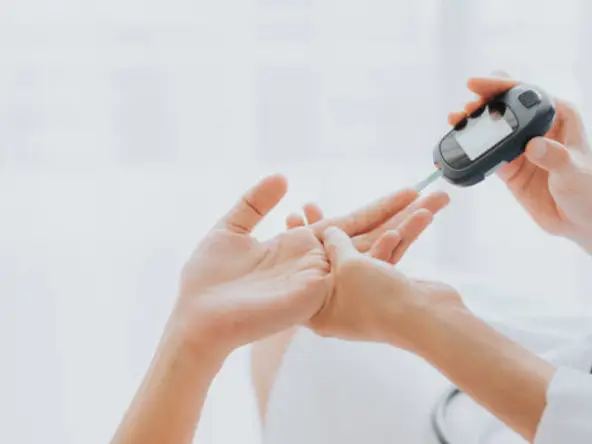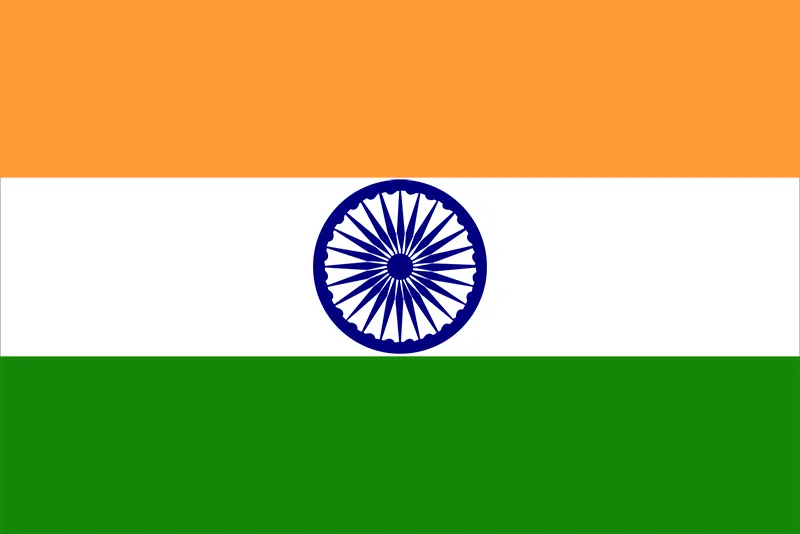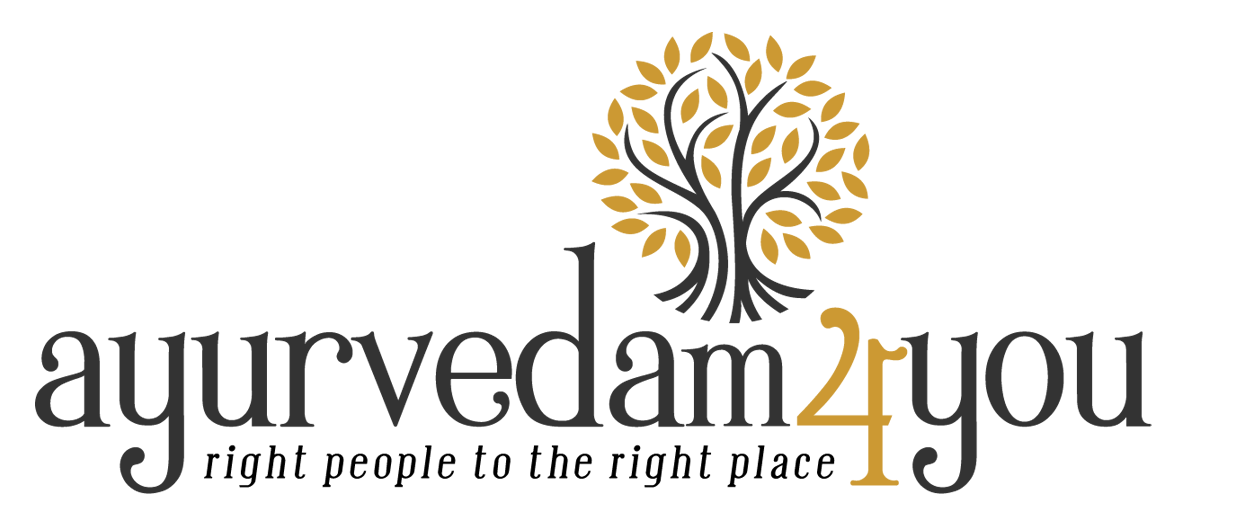Diabetes Mellitus
- Ayurvedam4you, Thrissur, Kerala

Email:
mail@ayurvedam4you.com
Phone:
+ 91 9447041889
A medical condition in which the body can’t produce enough insulin to process the glucose in the blood is known as diabetes. Diabetes is the seventh-leading cause of death and is on the rise, both in developed and developing countries. It is the single most important metabolic disease that affects nearly every organ/ system in the body. In Ayurveda, a condition in which a person passes honey-like (sweet) urine is called Madhumeha (Hyperglycemia). Reduced insulin production and decreased insulin sensitivity are the contributing factors to hyperglycemia. Chronic hyperglycemia is associated with significant long-term sequelae, particularly damage or dysfunction of various organs, especially the kidneys, eyes, nerves, heart, and blood vessels.
Classification
Diabetes is classified on the basis of its etiology
1. Type-I DM
2. Type-II DM
3. Other specific types of Diabetes
Risk factors
1. Family history
2. Obesity (BMI > 27kg/ m2)
3. Age > 45 years
4. Hypertension (B.P. > 140/ 90 mm of Hg)
5. HDL < 35mg/ dl and/ or triglycerides levels > 250mg/ dl
6. Habitual physical inactivity
Clinical features
1. Increased frequency of urine (Polyuria)
2. Increased appetite (Polyphagia)
3. Excessive thirst (Polydyspia)
4. Turbidity in urine
5. Debility/ tiredness
6. Weight loss
7. Nonhealing ulcer
8. Visual disturbances
9. Inflammation of the glans penis
The presentation of symptoms in elderly patients with diabetes may be significantly different from the classic triad of polyuria, polydipsia, polyphagia, and weight loss. They may present with fatigue, anorexia, failure to thrive, loss of motivation, difficulty in concentration, and urinary incontinence.
Complications
In the later stage of diabetes mellitus, the following complications may appear
1. Burning sensation (neuropathy) over the palmar and plantar region
2. Boils and carbuncles
3. Gangrene
4. General debility
5. Retinopathy
6. Renal tissue damage (nephropathy)
7. Cardiovascular diseases
Investigations
Disease Specific
i. Measurement of the plasma glucose level
a. Random blood sugar (RBS)
b. Fasting blood sugar (FBS)
c. Post prandial blood sugar (PPBS)
ii. Urine routine and microscopic
iii. Glycosylated hemoglobin (HbA1c)
iv. Lipid Profile
Diagnosis
The diagnosis is made by corroborating symptoms and plasma glucose levels
1. Fasting plasma glucose > 126 mg/dl after overnight fasting (or)
2. Random plasma glucose > 200 mg/dl (or)
3. Two hours of prandial glucose > 200 mg/dl
Management approaches
a. Prevention
1. Healthy diet which is suitable for the patient
2. Dinacarya (daily regimen) and ritucarya (seasonal regimen)
3. Regular exercise/ increase in calorie-consuming activities (Brisk walking, swimming, etc.)
4. Regular use of Rasayana drugs
5. Restriction in intake of sugar/ sugar products, fried food, and dairy products
6. Restriction in the use of different types of wine, excess use of oil, clarified butter, milk, sugarcane products, cakes, and the meat of domestic and aquatic animals
7. Avoidance of day sleep and laziness
b. Medical management
1. Nidana parivarjana (avoidance of aetiological factors)
2. By considering the condition of the patient Samshodhana chikitsa (bio-cleansing therapies) followed by Samana chikitsa (Palliative therapy) is recommended.
3. Drug therapy.

Diabetes Mellitus
Location
- Ayurvedam4you, Thrissur, Kerala
- Kerala
- 680010
Google Map


